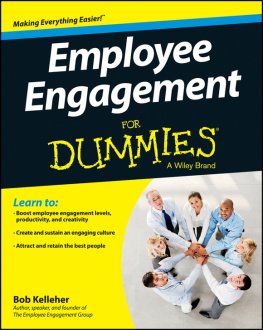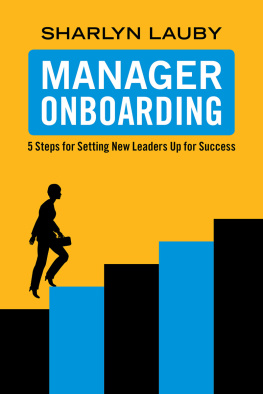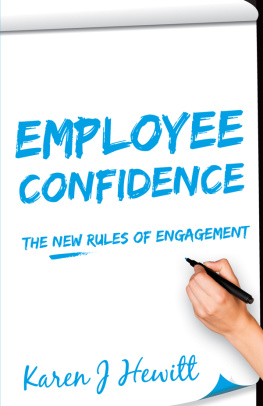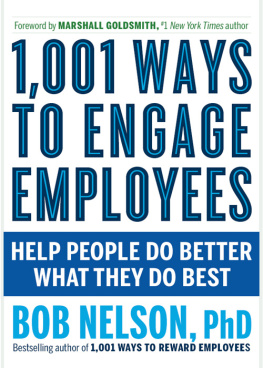Hoffman Reid - The alliance : managing talent in the networked age
Here you can read online Hoffman Reid - The alliance : managing talent in the networked age full text of the book (entire story) in english for free. Download pdf and epub, get meaning, cover and reviews about this ebook. City: Boston, year: 2014, publisher: Harvard Business Review Press, genre: Business. Description of the work, (preface) as well as reviews are available. Best literature library LitArk.com created for fans of good reading and offers a wide selection of genres:
Romance novel
Science fiction
Adventure
Detective
Science
History
Home and family
Prose
Art
Politics
Computer
Non-fiction
Religion
Business
Children
Humor
Choose a favorite category and find really read worthwhile books. Enjoy immersion in the world of imagination, feel the emotions of the characters or learn something new for yourself, make an fascinating discovery.

- Book:The alliance : managing talent in the networked age
- Author:
- Publisher:Harvard Business Review Press
- Genre:
- Year:2014
- City:Boston
- Rating:4 / 5
- Favourites:Add to favourites
- Your mark:
The alliance : managing talent in the networked age: summary, description and annotation
We offer to read an annotation, description, summary or preface (depends on what the author of the book "The alliance : managing talent in the networked age" wrote himself). If you haven't found the necessary information about the book — write in the comments, we will try to find it.
Introducing the new, realistic loyalty pact between employer and employee.
The employer-employee relationship is broken, and managers face a seemingly impossible dilemma: the old model of guaranteed long-term employment no longer works in a business environment defined by continuous change, but neither does a system in which every employee acts like a free agent.
The solution? Stop thinking of employees as either family or as free agents. Think of them instead as allies.
As a manager you want your employees to help transform the company for the future. And your employees want the company to help transform their careers for the long term. But this win-win scenario will happen only if both sides trust each other enough to commit to mutual investment and mutual benefit. Sadly, trust in the business world is hovering at an all-time low.
We can rebuild that lost trust with straight talk that recognizes the realities of the modern economy. So, paradoxically, the alliance begins with managers acknowledging that great employees might leave the company, and with employees being honest about their own career aspirations.
By putting this new alliance at the heart of your talent management strategy, youll not only bring back trust, youll be able to recruit and retain the entrepreneurial individuals you need to adapt to a fast-changing world.
These individuals, flexible, creative, and with a bias toward action, thrive when theyre on a specific tour of dutywhen they have a mission thats mutually beneficial to employee and company that can be completed in a realistic period of time.
Coauthored by the founder of LinkedIn, this bold but practical guide for managers and executives will give you the tools you need to recruit, manage, and retain the kind of employees who will make your company thrive in todays world of constant innovation and fast-paced change.
Hoffman Reid: author's other books
Who wrote The alliance : managing talent in the networked age? Find out the surname, the name of the author of the book and a list of all author's works by series.







